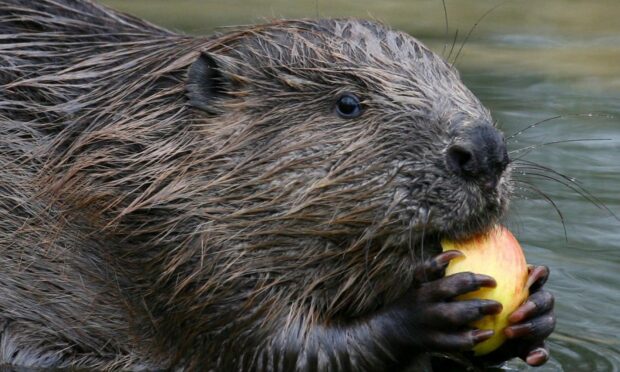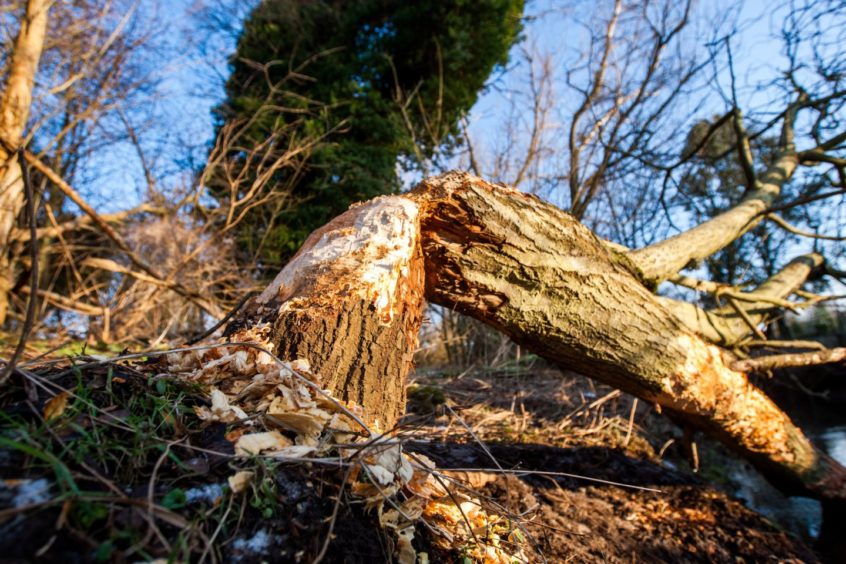Beavers became a protected species in Scotland in May 2019.
There are two resident populations, one in Knapdale in Argyll, introduced as part of a scientific trial and properly licensed and there is a further population in the Tay and Earn catchment areas, originating from unauthorised releases and escapes from captive populations.
As a protected species, it is unlawful to kill or trap beavers without a licence from NatureScot, formerly known as Scottish Natural Heritage.
NatureScot have authority under the Conservation (Natural Habitats, &c.) Regulations 1994 to issue licences to trap and, where necessary, kill beavers. Where a licence is sought to kill beavers, it will only be granted for the purpose of preventing serious damage to agriculture.
Licensed control has almost exclusively been restricted to farms on Prime Agricultural Land.
During 2019, 87 beavers were killed and 15 were live trapped under licence. It is thought that the total beaver population outwith Knapdale lies somewhere in the range of 319-547 animals.
That perhaps a quarter of the beaver population was destroyed in the same year that they became a protected species caused considerable controversy.
Action
The rewilding charity, Trees for Life, after a crowdfunding exercise to cover their legal costs, has raised an action for judicial review in the Court of Session to examine the issue of lethal control licences. They argue that where beavers are causing problems to farmers they should be trapped and relocated to more suitable habitats elsewhere in Scotland and that issuing a licence to kill endangered wild beavers should be a matter of last resort.
A legal challenge of this nature is not something that can be raised on a whim and the Court must assess all such cases first to check that the party raising it has a legitimate interest to do so and secondly that there is a real prospect of success.
Trees for Life have overcome these hurdles but is unclear whether they will be successful at a full hearing. The case will be heard over two days at the end of May.
NFU Scotland and Scottish Land & Estates have both taken an interest in the case and are parties to it, supporting NatureScot. Their view is that the issue of licences by NatureScot has been reasonable and proportionate, given the damage caused to agricultural land.
NatureScot point out that prior to becoming a protected species, lethal control of beavers was completely unregulated and that the proportion of the overall range of beavers in Tayside covered by licences is likely to be less than 10%, with control only being carried out on around 5%.
Clash
The case is an interesting example of popular sentiment funding legal proceedings to challenge decisions of a public body and an example too of conservation interests clashing with agricultural interests.
Farmers clearly have a very legitimate interest in protecting agricultural land in the interests of food production. Prior to May 2019, the beaver population was expanding without protection and was subjected to uncontrolled culling.
Both sides of the debate support control measures and the question for the Court of Session will be to determine whether or not NatureScot have struck the right balance between lethal and other forms of control or should be required to think again.
Hamish Lean is a partner and head of rural property at Shepherd and Wedderburn.











